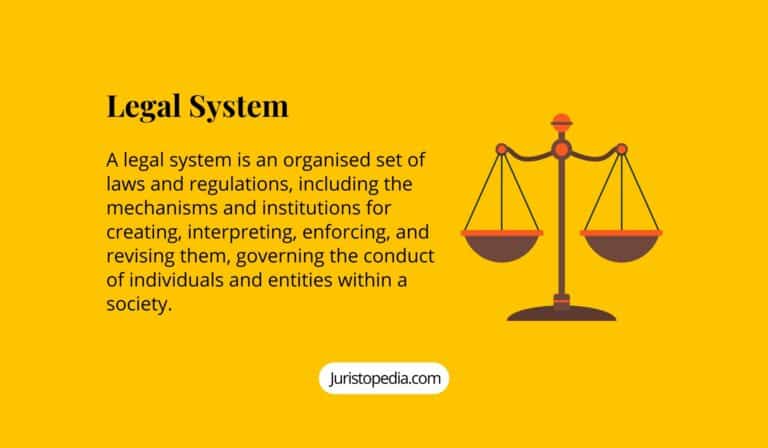The Federal Bail Bond System
When someone is arrested on federal charges in the United States, they may be eligible for release pending trial if they post bail. Here is an overview of how the federal bail bond system works.
Key Points on Federal Bail Bonds:
- Set by federal magistrate or judge during initial appearance hearing
- Factors considered include flight risk, criminal history, danger to community
- Most common types are unsecured bonds, cash bonds, and surety bonds
- Unsecured bonds – no money deposited but penalties if missed court
- Cash bonds – full bail amount paid in cash upfront
- Surety bonds – bail bondsman posts bond for a fee
- Bail Reform Act of 1984 established bail laws for federal courts
- No commercial bail bonding allowed in federal cases
Federal Bail Process:
- Defendant appears before magistrate or judge for initial bail hearing
- Prosecutor recommends bail amount based on severity of charges
- Judge sets bail and conditions of release based on assessed risk
- Defendant pays bond or surety agrees to pay if defendant misses court
- Conditions may include GPS monitoring, restricted travel, drug testing
- Defendant is released from custody after bail posted and processed
The federal bail system aims to allow pretrial release while ensuring appearance in court and public safety. While commercial bail bonding is not permitted, those facing federal charges can pay cash bail themselves or utilize private surety agreements. Understanding the federal bail process can help if you ever need to post bond for a federal case.
Article by:
201 Continental
Dallas, TX 75207
Phone: 214-741-3500







